Continued From Part 2
In addition to taking the gun out to the “field” and putting it through its paces, I also took some time to group factory 9mm loads through the Smith & Wesson M&P 2.0 Carry Comp Full-Size at 25 yards, off the bench from a bag. Factory rounds I fired for groups include Staccato 124-grain FMJ, Hornady Critical Duty 124-grain +P, Fiocchi 115-grain JHP Defense Dynamics, and Speer Lawman 124-grain TMJ.
Per my usual protocol, I fired two 10-round groups from each of the listed cartridges. Round count at the time of this third and final installment is approximately +/- 1,000 rounds. The Smith & Wesson M&P 2.0 Carry Comp Full-Size has been completely reliable in shooting and cycling everything I’ve fed it.
After having seen a case’s worth of 9mm cartridges, the pistol feels much smoother overall; all of its parts have gently worn-in with each other. During my most recent range trip with this pistol, I couldn’t help but notice how much smoother trigger felt while shooting. Likewise, the M&P’s ambi slide-stops were much easier to actuate compared to its first few range trips.
Staccato Range 124-Grain FMJ
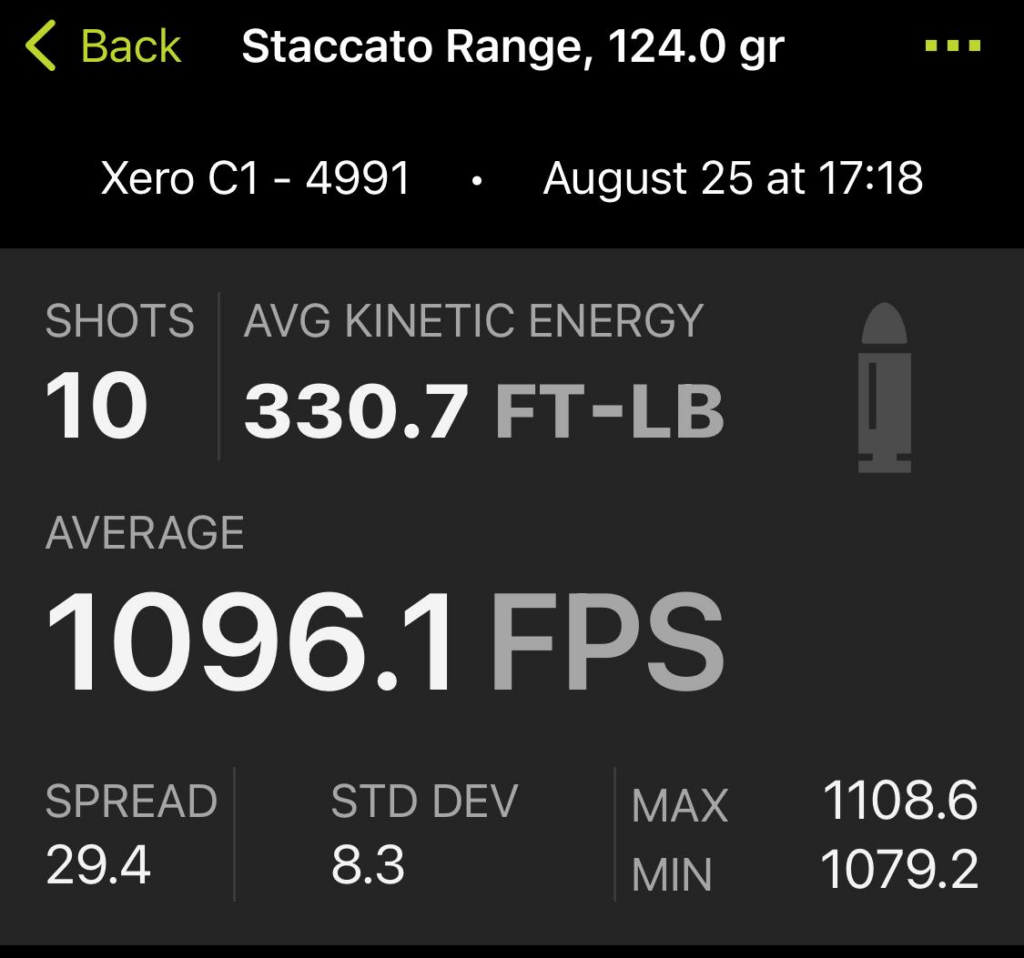
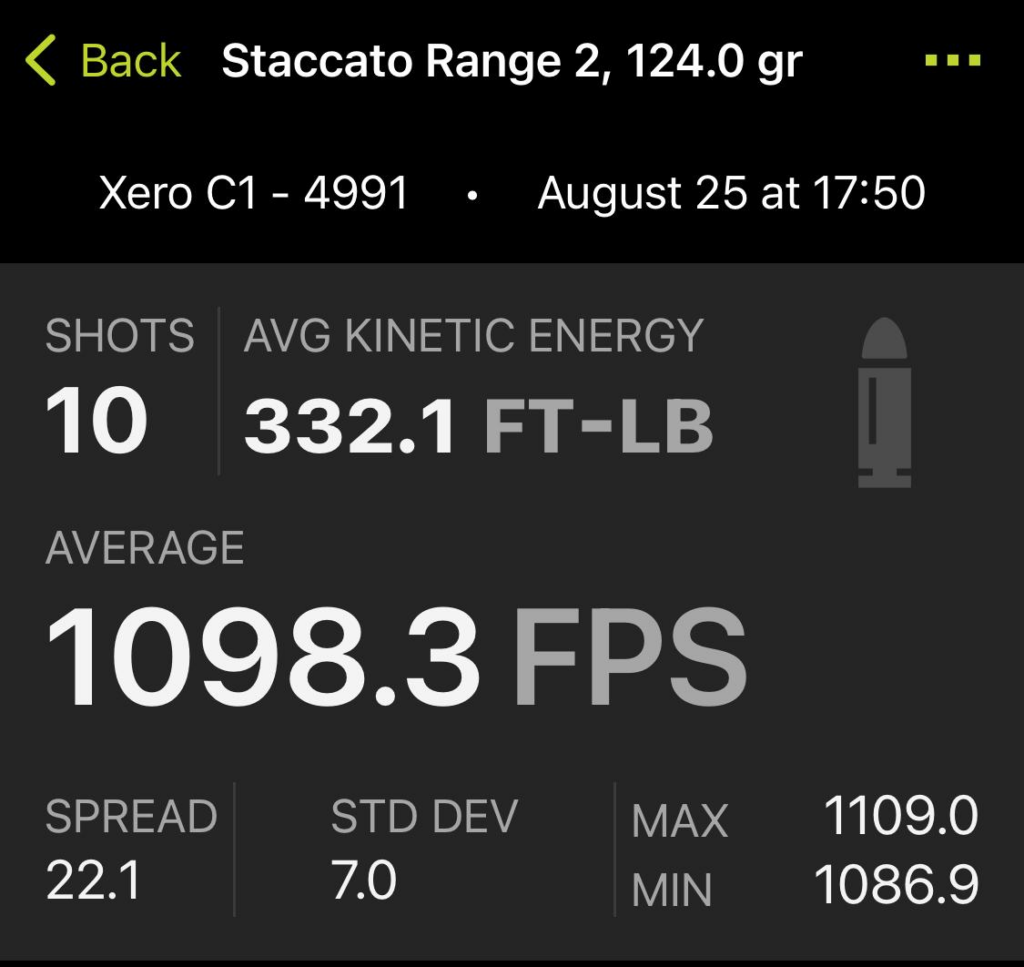

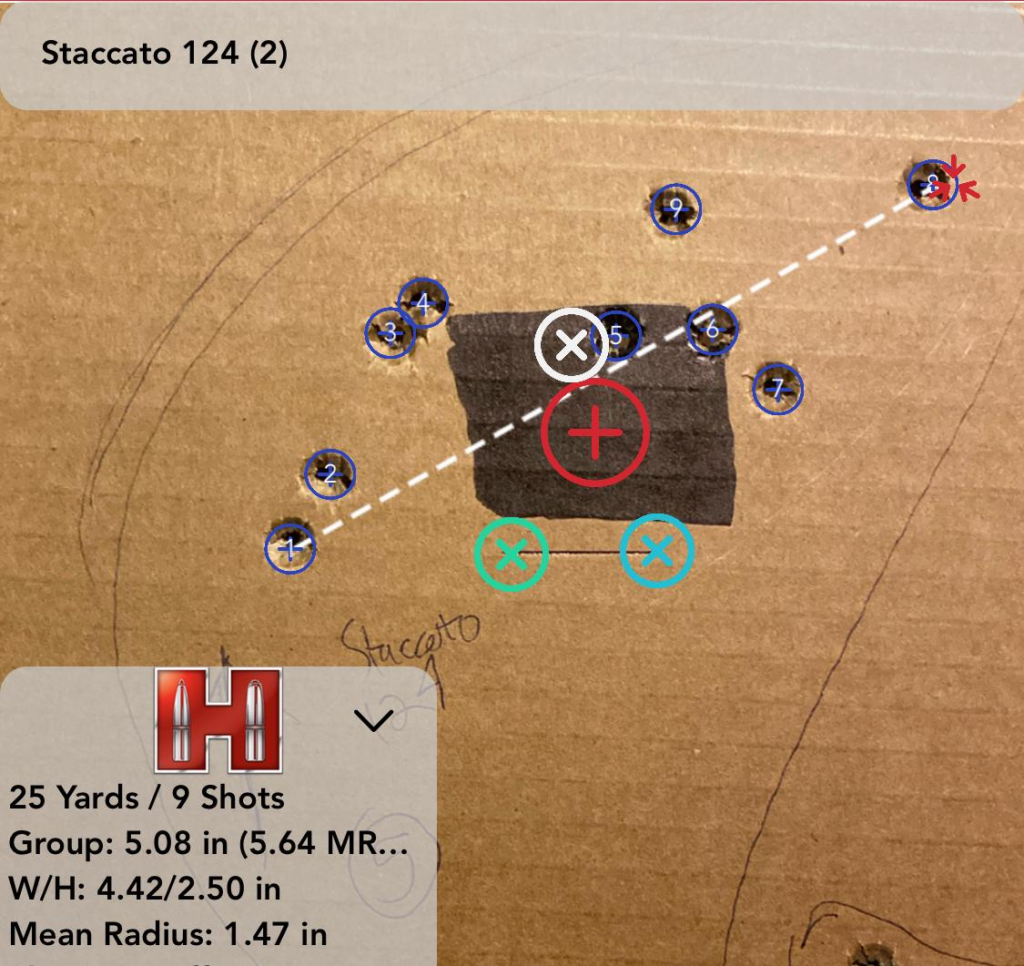
Hornady Critical Duty 124-Grain JHP +P
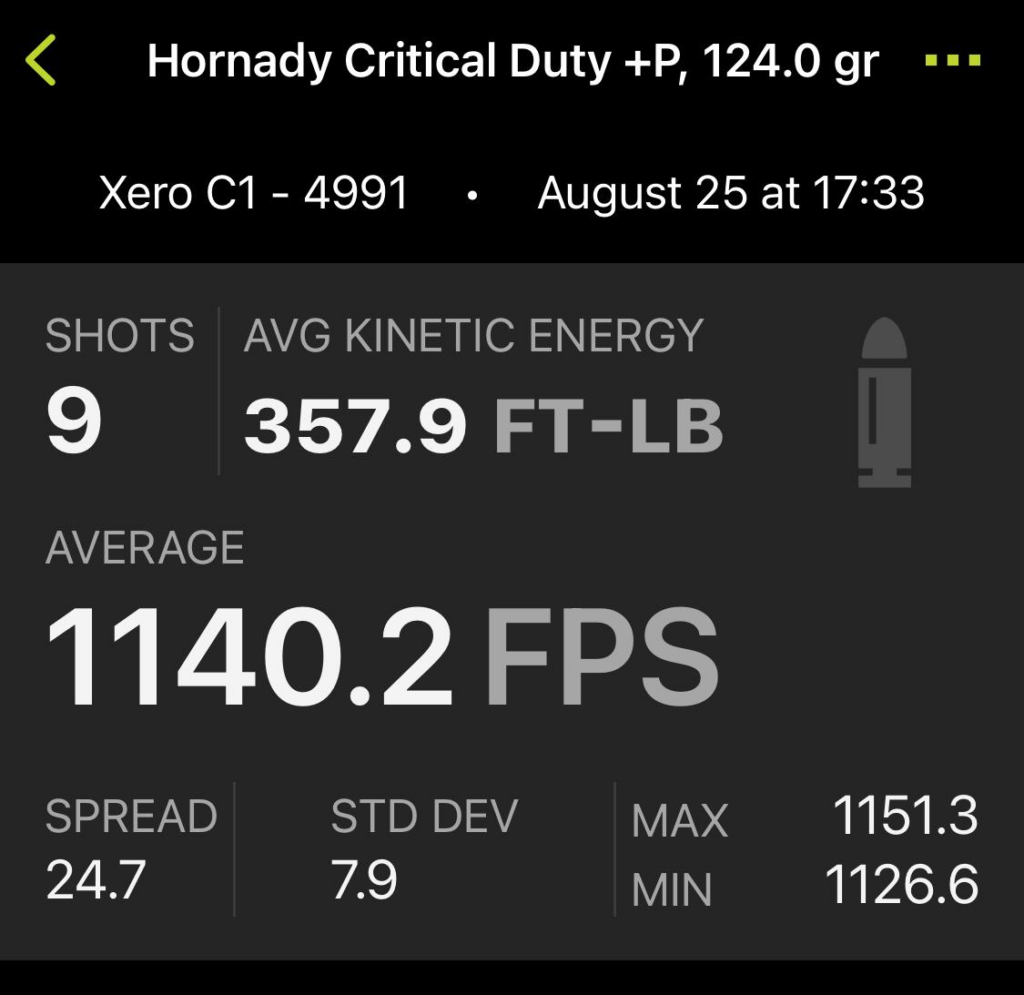
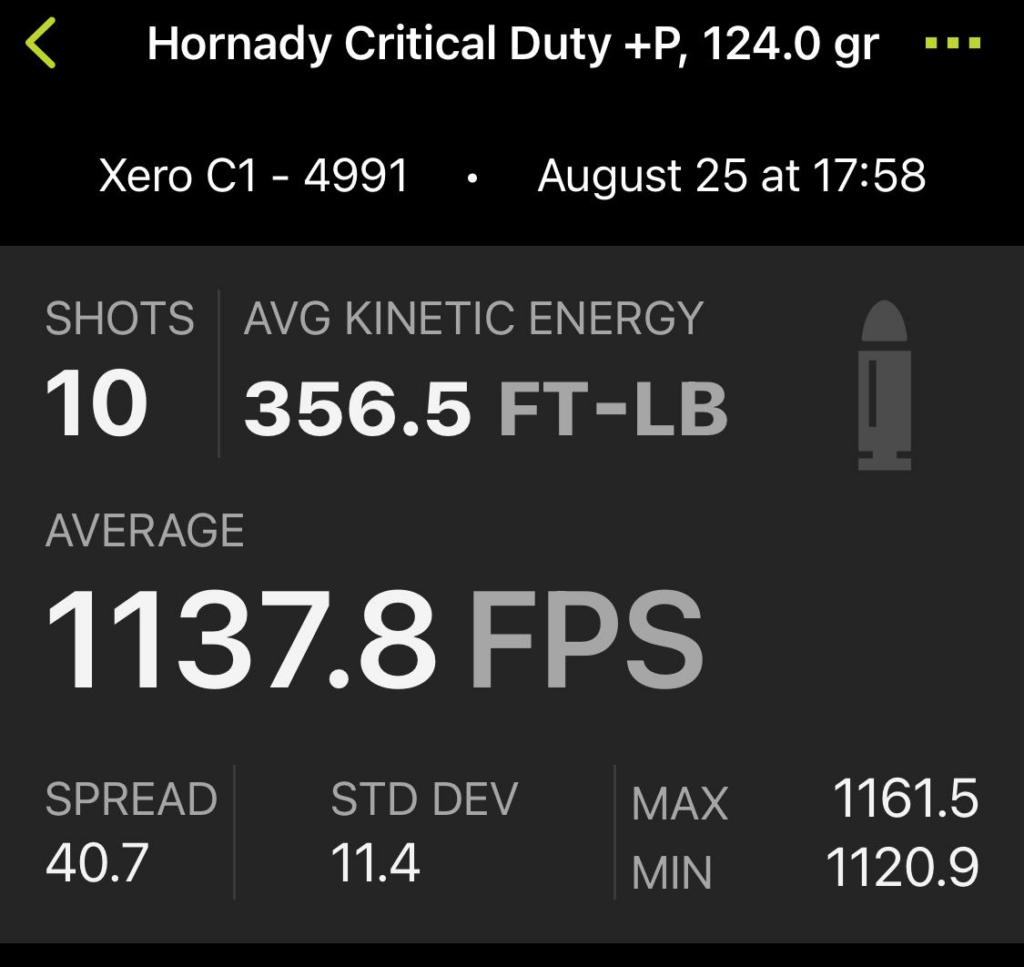
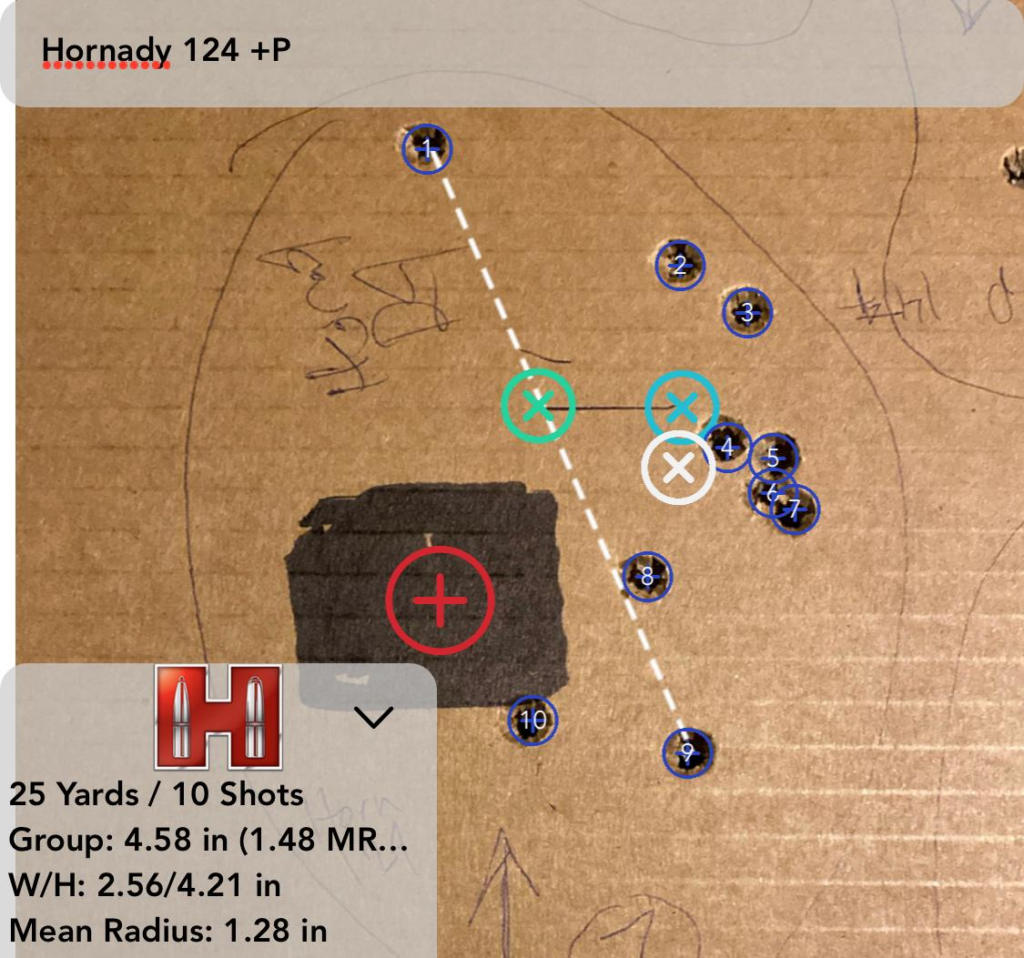
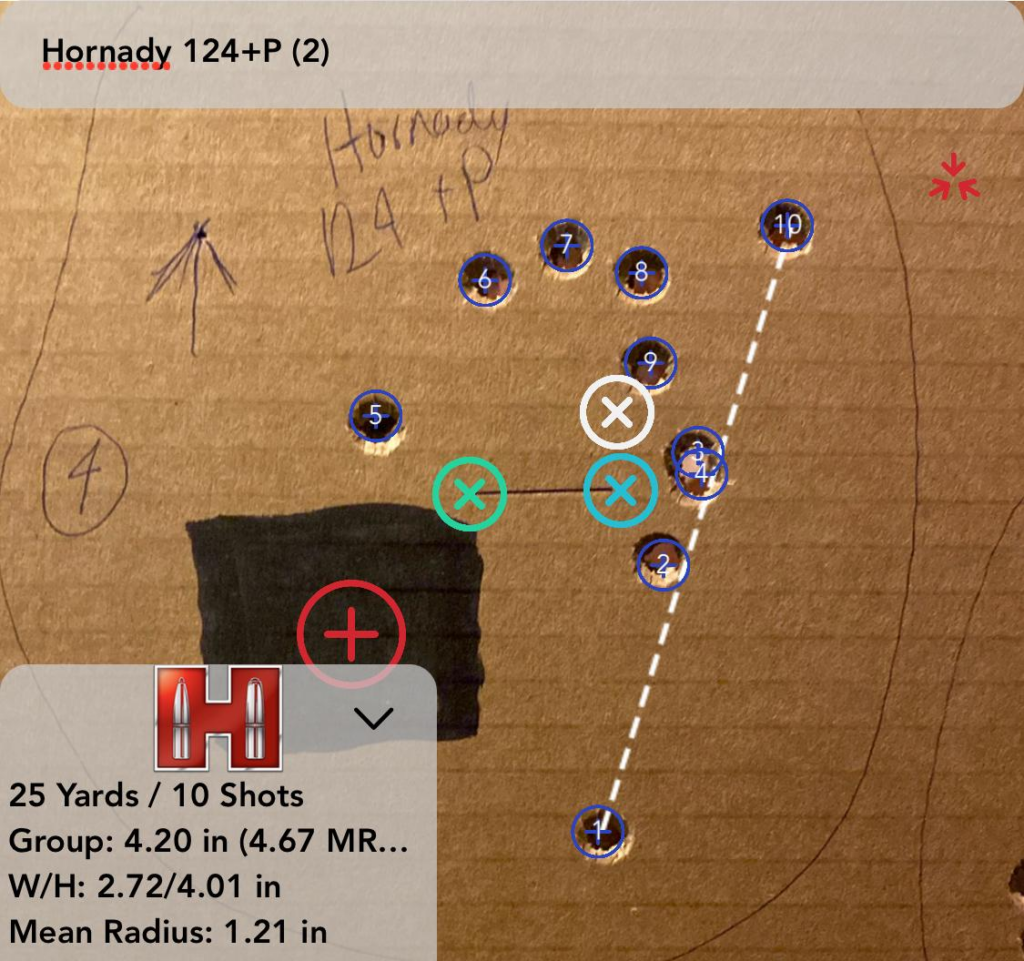
Fiocchi Defense Dynamics 115-Grain JHP
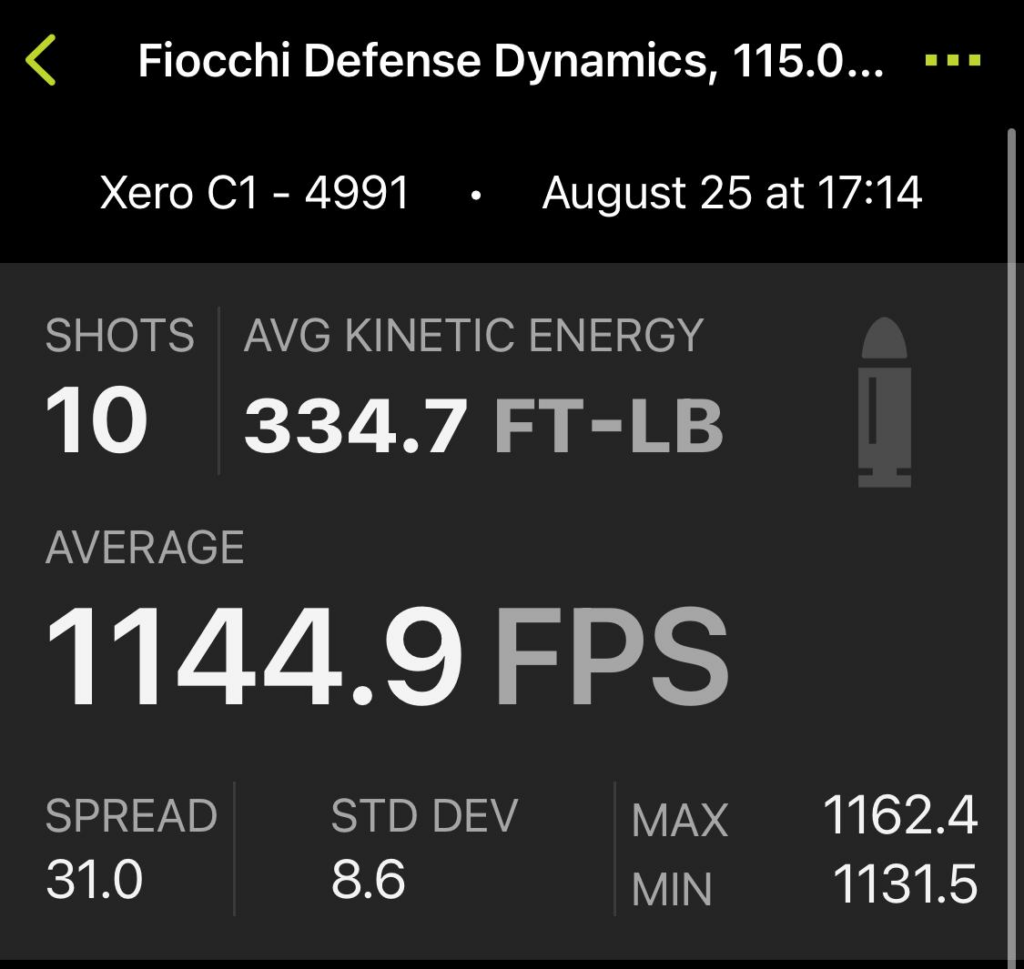
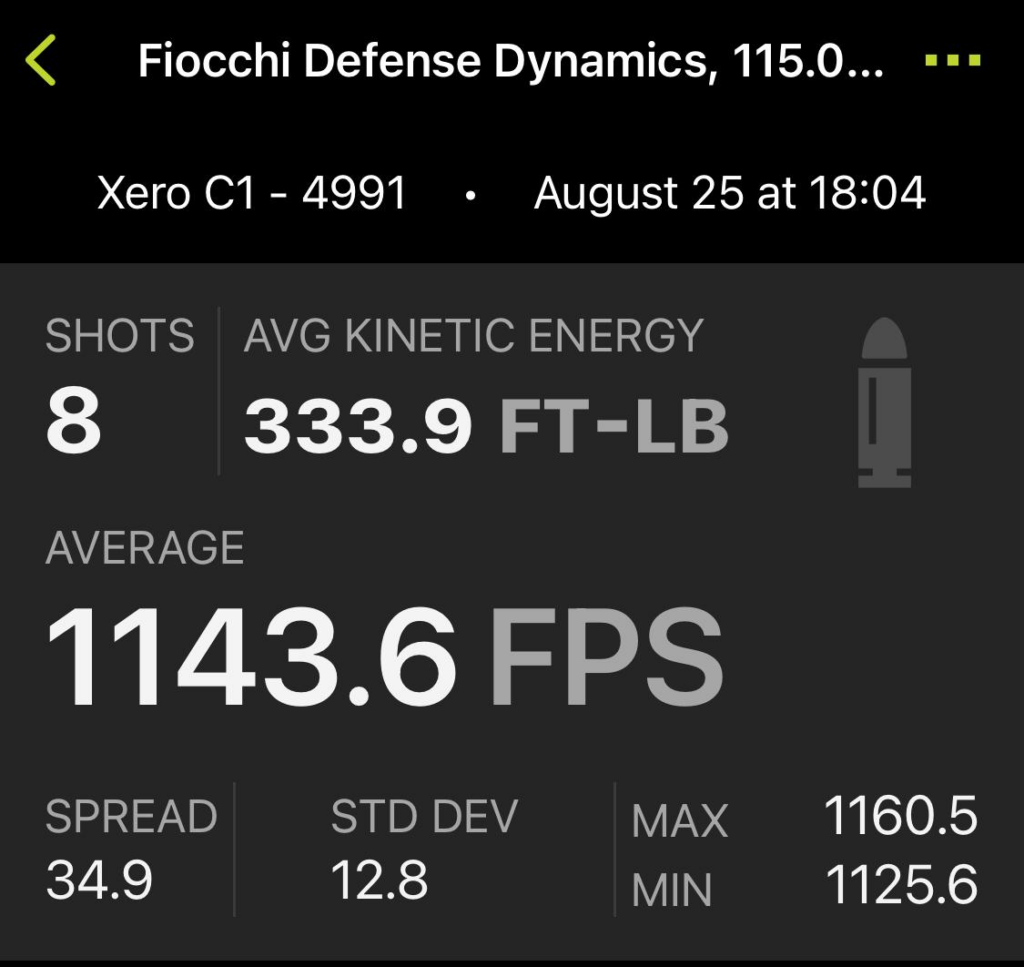
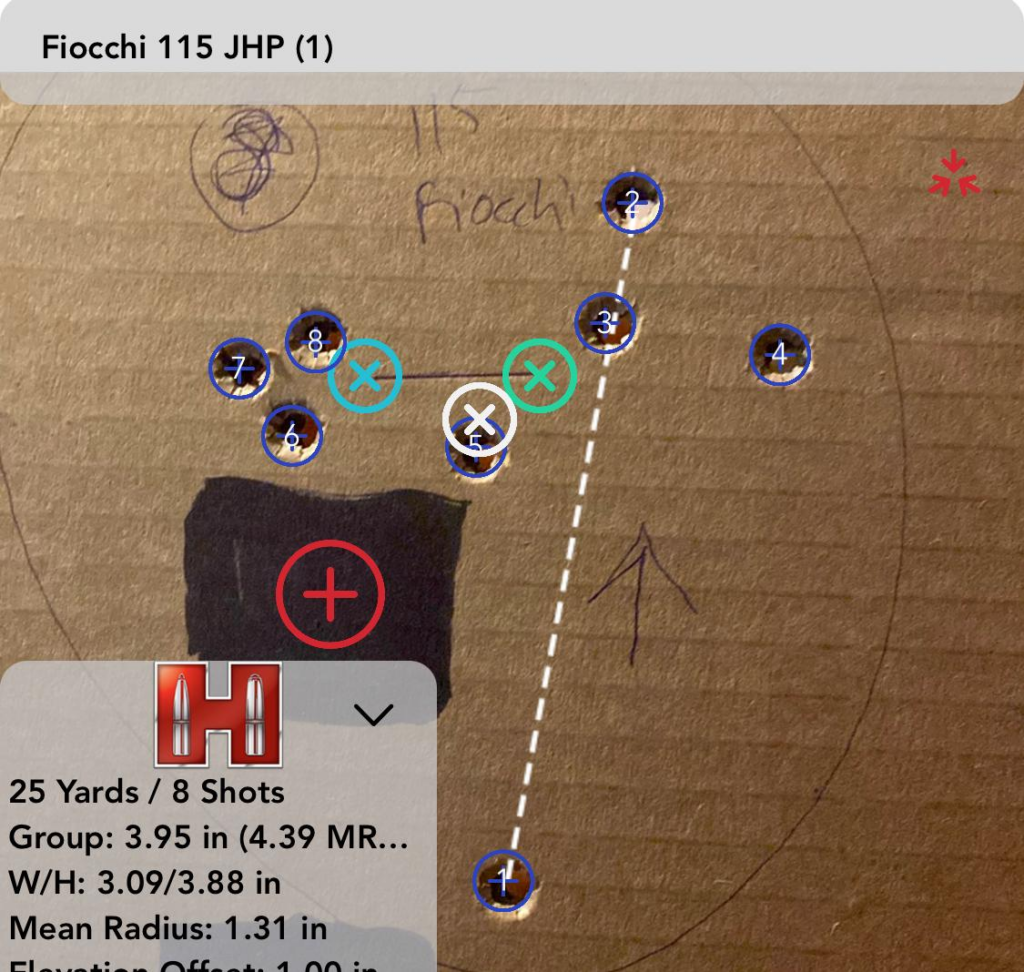
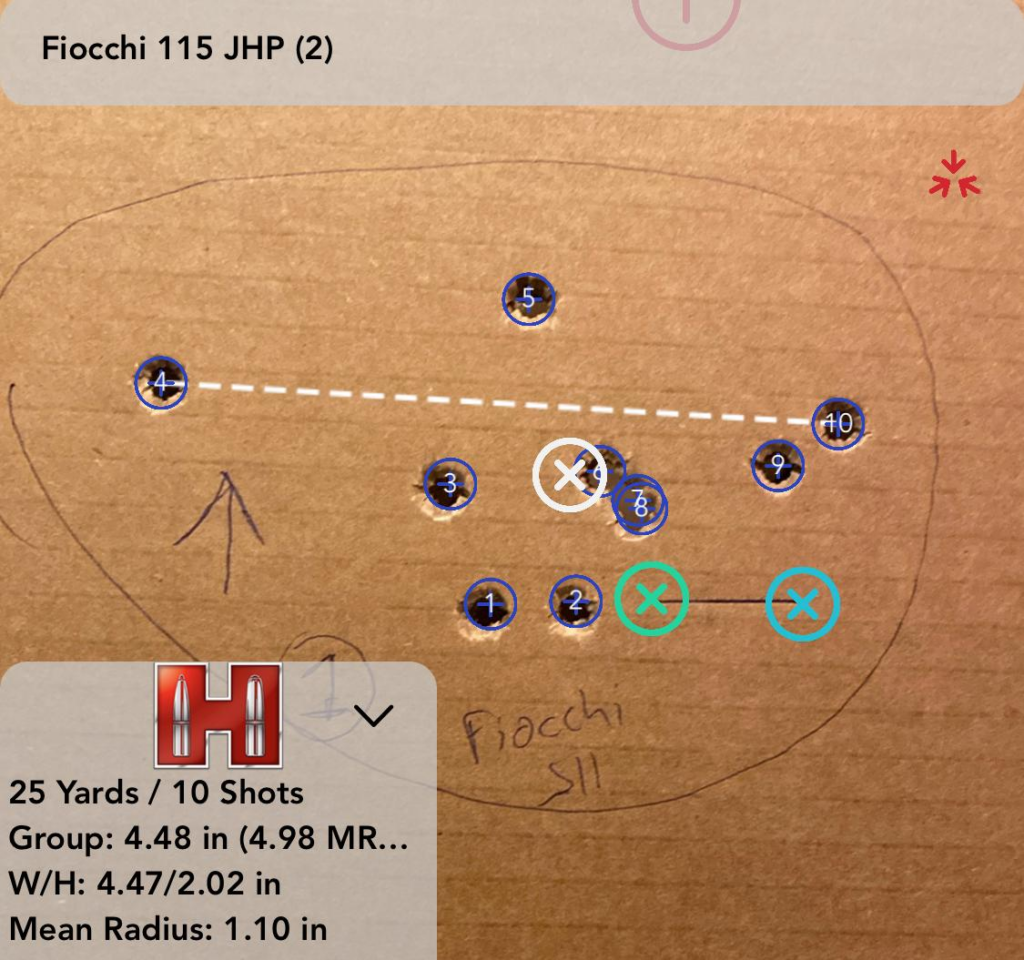
Speer Lawman 124-Grain TMJ
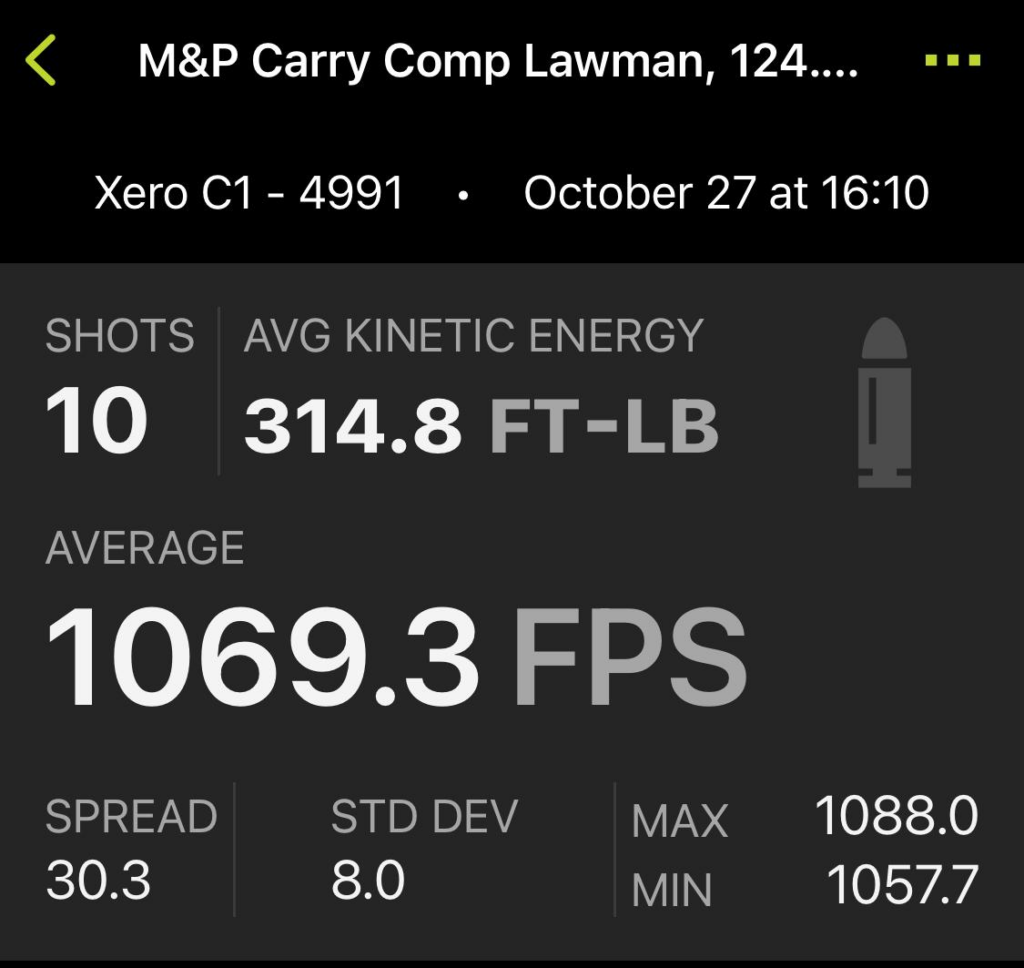
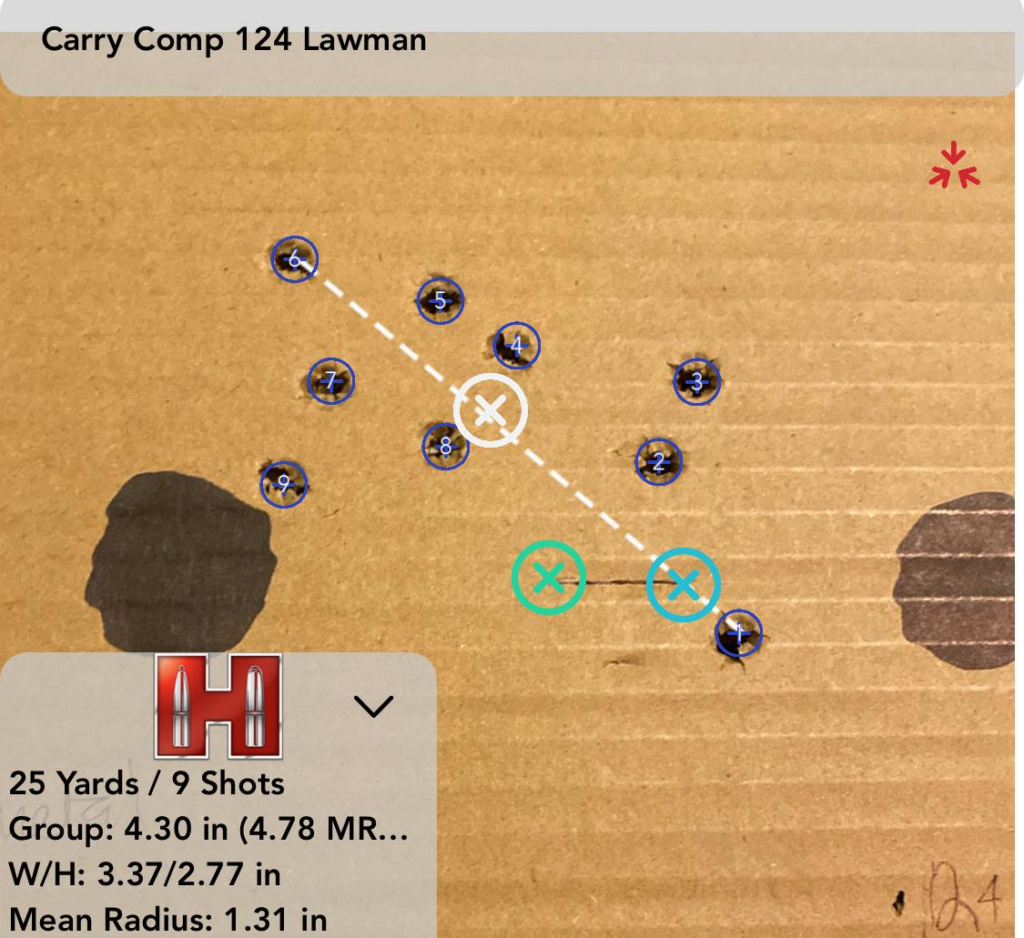
Integrated Power Port
Traditionally, most compensators attach to handguns by way of a threaded barrel and are supported by the barrel itself (with the help of set-screws). Nowadays consumers are currently seeing the industrywide trend of adapting and implementing engineering changes to make compensators more “portable” and suitable for EDC (every-day carry) guns. One can observe this with both externally fastened and internal compensators.
I do appreciate that Smith & Wesson put the “Carry” in Carry Comp by reconfiguring the existing physical dimensions of the M&P 2.0 Metal’s slide and fitting that single compact Power Port. This aspect of the Smith & Wesson M&P 2.0 Carry Comp series is well-executed. I say this because the last metal-framed M&P 2.0 I reviewed was the SPEC series which came with an “external” Faxon compensator. It made reholstering somewhat more awkward given the extra length.
The only downside about designing the pistol’s “compensation package” to exist within the existing physical space is that the comp cannot be compared against traditional units with larger ports, like the units from Radian or Parker Mountain Machine, for example.
This gun ships with the “light blue” M&P 2.0 factory RSA. So, I’d recommend spending some time with different RSA spring weights in order to tune the Smith & Wesson M&P 2.0 Metal Carry Comp to shoot different loads.
Like most other pistols, the M&P 2.0 Metal Carry Comp Full-Size is sprung for maximum reliability directly out of the box. This is something in which it certainly proves itself. Frankly, I think it’s fine the way it is sprung from the factory for most people’s needs.
The Carry Comp’s Integrated Power Port Efficacy
My goal during my most recent range outing was to get a feel for the M&P 2.0 Carry Comp’s integrated Power Port efficacy. So, with the aid of a shot-timer and a plate rack 25 yards away, I “unscientifically” shot several dozen rounds of 115-grain Blazer Aluminum through the M&P 2.0 Carry Comp with its default barrel and also with a standard non-ported barrel (that I stole from my original M&P 2.0). Other than swapping out the barrels, I left the pistol alone.
During shooting I was keenly observing the manner in which the Steiner MPS 3.3 MOA red dot bounced in between shots. The Power Ported barrel certainly had a positive effect on the dot returning back to target sooner, and it certainly helped according to my run times. However, it’s important for shooters to manage their expectations when shooting a pistol with standard-pressure (or even +P) 9mm loads through this pistol.
Without a doubt, the Carry Comp’s raison d’etre does assist the shooter in getting their sights back to target sooner. However, they shouldn’t expect USPSA Open Race-gun performance either. The M&P 2.0 Metal Carry Comp simply isn’t one, and a shooter wanting to get the most out of this gun cannot slouch when it comes to their sights, grip or trigger control.
The Takeaway
With my understanding and appreciation of the Smith & Wesson M&P 2.0 Metal Carry Comp Full-Size, my only real gripe about this cool-looking, two-tone, space-age M&P 2.0 model is that the factory shipped standard height night sights as opposed to taller ones that better play well with mounted optics.
While none of my shooting has been affected in a practical sense, I would have liked to see the pistol print tighter group at 25-yards. With my sample size of 1, it could just be a case of tolerance stacking between this slide and barrel.
I’m usually in a good mood any time I shoot an M&P, and with regards to this specific pistol, I’ll repeat myself again with what I said in Part 2:
“The gun just stays out of your way and lets you do your thing.”
This quote is originally from a text message after wrapping up Day 1 of Greybeard Actual’s class when a buddy asked me how I liked the gun. That was my answer. Like all other aluminum-framed M&P 2.0 pistols I’ve fired, the M&P 2.0 Carry Comp’s slide tracks amazingly, and the entire gun points naturally on the draw.
Carry Comp firearms are nothing new to Smith & Wesson, as the company has already been selling revolvers with integrated Power Port compensators for some time. With the Carry Comp treatment now being available on Smith & Wesson’s flagship semi-auto pistol family, the circuit is completed, so to speak.
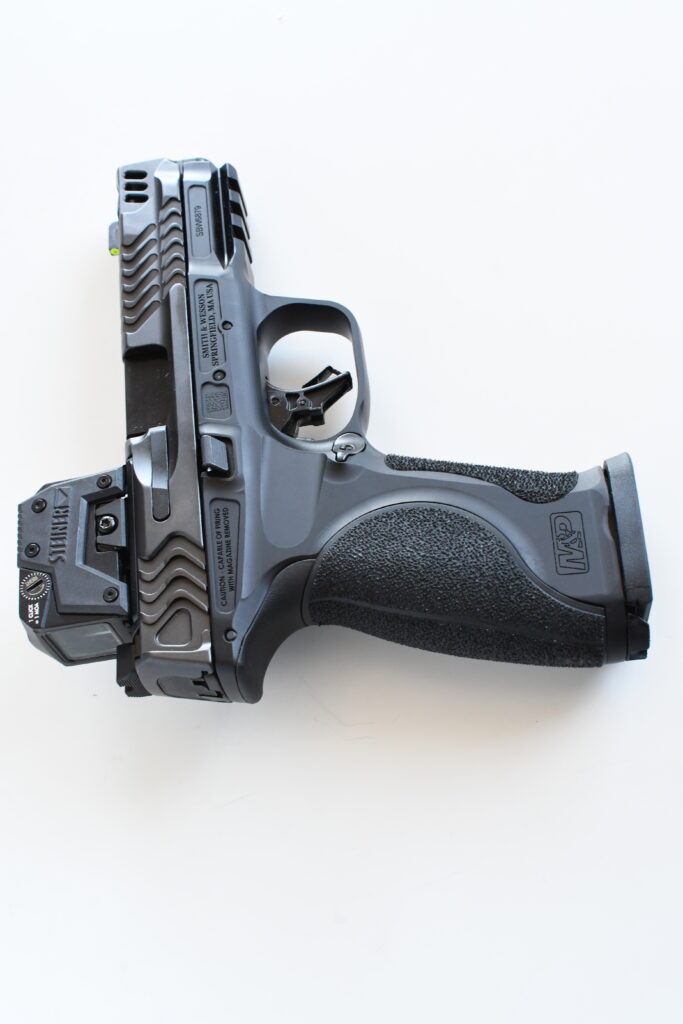
Click here to read Part 1 and Part 2 of this review.
Read the full article here










